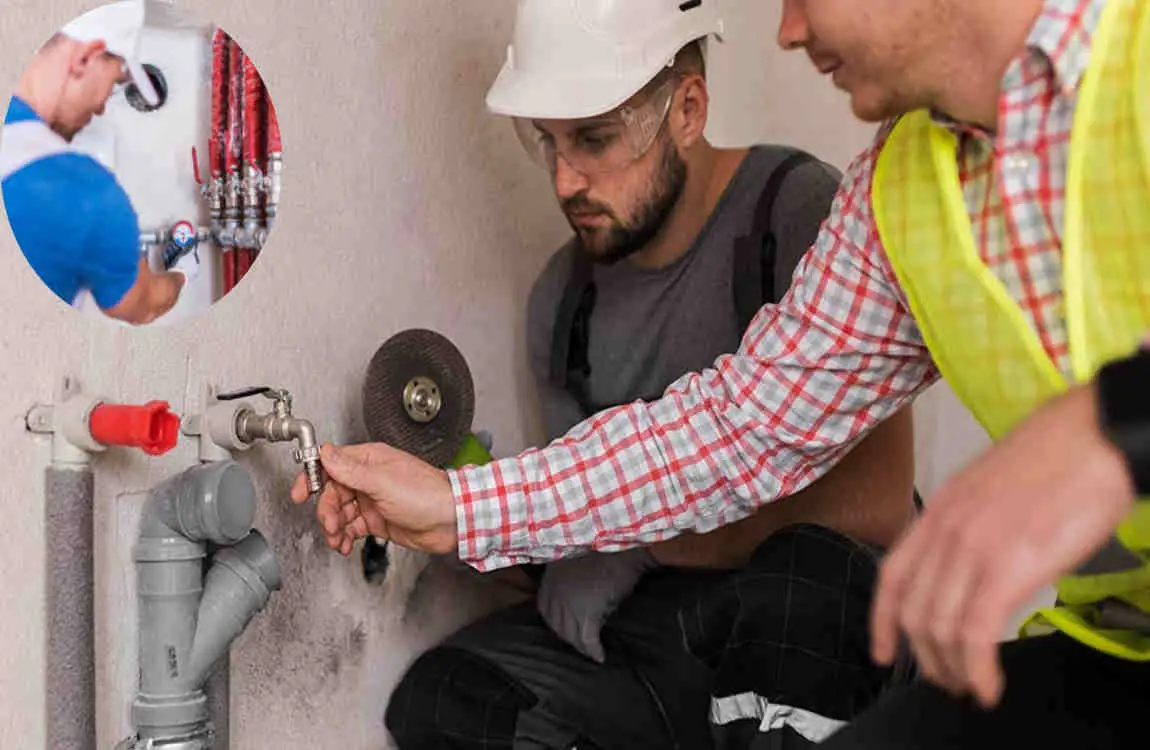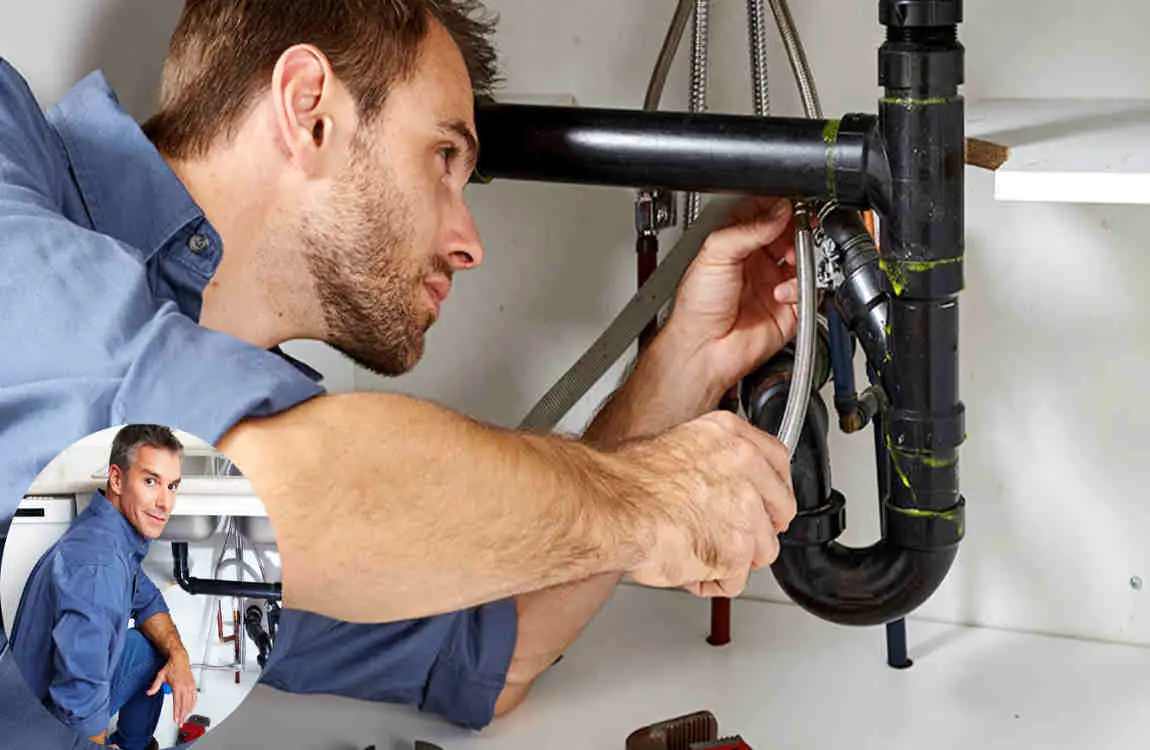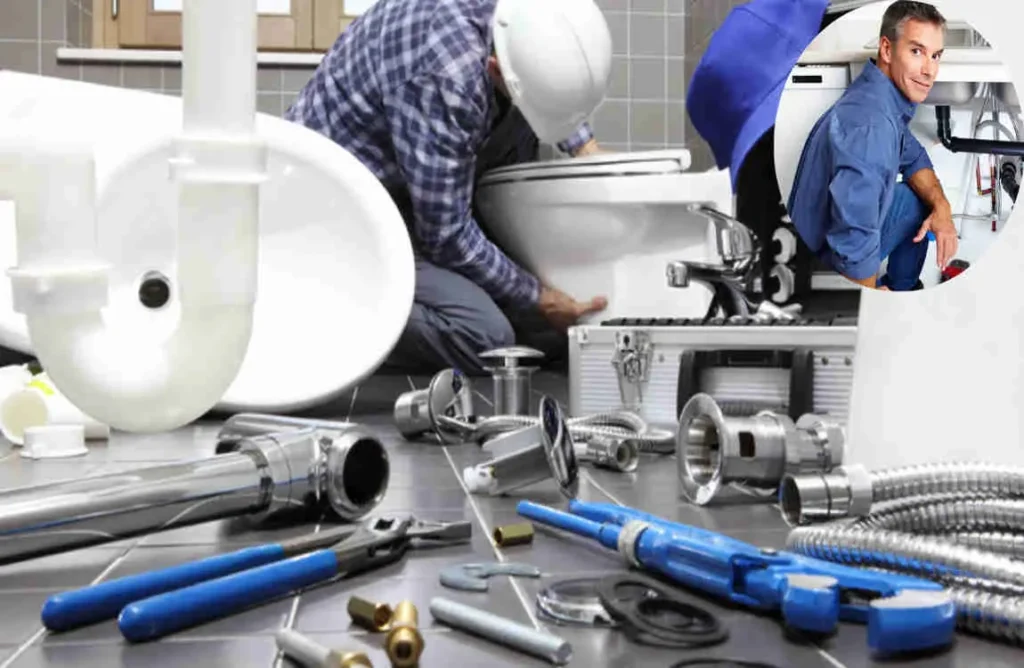To learn plumbing work for your home easily, start by understanding the basic plumbing systems, such as water supply and drainage. Familiarize yourself with standard plumbing tools like wrenches, pipe cutters, and home plungers. Use online tutorials, videos, and beginner courses to get structured guidance. Practice simple repairs and installations at home with basic tools and materials to build confidence before tackling more complex tasks. This approach allows you to gain practical skills step-by-step and handle minor plumbing tasks independently.
Learning plumbing for your home doesn’t have to be complicated. Begin by grasping the fundamental concepts of how your home’s water and drainage systems work and get comfortable with essential tools. Use online resources and simple DIY projects to practice and build your skills gradually. With patience and hands-on experience, you can easily manage many plumbing tasks yourself, saving time and money while gaining confidence in home maintenance.
Benefits of Learning Basic Plumbing Skills for Your Home

Learning basic plumbing skills offers numerous advantages for homeowners. It empowers you to tackle minor repairs without waiting for a professional.
Imagine fixing that leaky faucet or unclogging a drain on your own. Not only does it save money, but it also provides a sense of accomplishment.
These skills enhance your home maintenance knowledge, making you more self-sufficient and resourceful. You’ll feel confident when dealing with household challenges.
Moreover, learning plumbing techniques can boost the value of your property. A well-maintained home is always more attractive to potential buyers.
Something is rewarding about working with your hands and solving problems creatively. It opens doors to new hobbies and interests as well!
Tools You Need to Get Started
To dive into plumbing work, having the right tools is essential. Start with a basic toolkit that includes a pipe wrench. This tool offers grip and leverage for tight fittings.
A plunger is also crucial. It’s your first line of defense against clogged drains or toilets. Invest in both a standard and a toilet plunger to tackle different issues effectively.
Don’t forget about adjustable wrenches. They are versatile and can handle various sizes of nuts and bolts, making them invaluable for any repair job.
Consider getting Teflon tape to seal threaded connections securely. With these basics, you’ll be equipped to start learning how to manage everyday plumbing tasks around your home efficiently.
You may also read (keep your home safe gas line freeze prevention tips).
Safety Precautions When Handling Plumbing Work

When tackling home plumbing tasks, prioritizing safety is essential. Remember to wear protective gear such as gloves and goggles. These items shield you from sharp tools and potential contaminants.
Before making any repairs, turn off the water supply. This step helps prevent unexpected flooding or messy surprises during your work.
Familiarize yourself with your home’s plumbing layout. Knowing where shut-off valves are located can save time in emergencies.
Use the right tools for each job to minimize accidents. Improvised tools can lead to injuries or damage.
If you’re dealing with electrical components near water, take extra precautions. Ensure that the power is off before touching anything related to wiring.
Don’t hesitate to call a professional if a task feels overwhelming or dangerous—your safety should always come first.
Step-by-Step Guide on How to Learn Plumbing Work
Start with the basics. Familiarize yourself with standard plumbing terms and concepts. Understand how water flows through your home.
Next, watch tutorials online. Platforms like YouTube offer a wealth of instructional videos. Choose reputable channels that break down tasks step by step.
Then, practice hands-on skills. Start with small projects, such as replacing a faucet or fixing a leak. This builds confidence and reinforces what you’ve learned.
Consider enrolling in local workshops or community college courses. These provide structured learning and access to experienced instructors.
Don’t forget about books and manuals! They are great resources for understanding plumbing systems in detail.
Join forums or social media groups focused on DIY plumbing work. Engaging with others can provide tips, tricks, and support as you progress on your journey to learn plumbing work effectively.
How to Fix Common Plumbing Issues
One of the most common plumbing problems is leaking faucets. They can waste gallons of water over time. To fix a leaky faucet, first turn off the water supply. Then, disassemble the faucet to replace worn-out washers or O-rings.
Clogged drains can disrupt your daily routine. A simple remedy is to use a mixture of baking soda and vinegar, followed by hot water. This natural solution helps break down minor blockages without the use of harsh chemicals.
Toilet issues often arise as well; running toilets can be both bothersome and costly. Check the flapper valve for wear and tear, as this is usually the culprit. Replacing it can save you money on your water bill.
You may also read (where to buy freon for my home air conditioner quickly).
